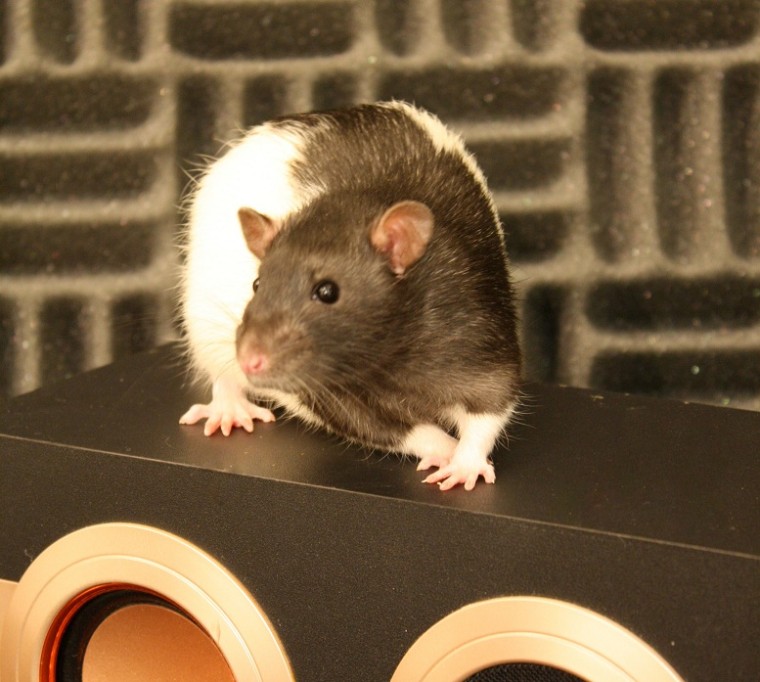Scientists can sway the dreams of sleeping rats, a breakthrough that could lead to new behavioral and learning therapies in humans that enhance selected memories and block undesired ones, according to a new study.
Going into the study, scientists had already shown that rats dream about what they experience in the hours before drifting off to sleep.
One way they know this is “that regions of the rat brain active during running on a maze get reactivated in the same temporal pattern during sleep,” Daniel Bendor, the study’s lead author and a researcher in Matthew Wilson’s neuroscience lab at the Massachusetts Institute of Technology, explained to me via email.
“We also use an additional method (Bayesian decoding) that allows us to visualize the rats location in space based on the recorded neural activity that allows us to visualize the rat’s location in space based on the neural activity.”
The later method, Bendor noted, allows the researchers “to infer where in the maze the rat is during a dream.”
In a new study, Bendor and Wilson trained rats to wend through a maze by following audio cues to find food. One sound indicated the food was on the left, the other on the right.
Later, as the rodents slept, the researchers played the audio cues into their cages. “The spontaneously occurring dreams of the rat were more likely to involve the rat running to the side of the maze associated with the audio cue,” Bendor said.
In a paper on the research in the journal Nature Neuroscience, the pair wrote that this effect can be “thought of as a simple form of dream engineering.”
Going forward, the team hopes this research will lead to greater control of memory processing during sleep.
As an example, consider your child’s teacher forced to learn 30 new names at the start of the new school year.
"To train, you can go around the room, see each person and say their name,” suggested Bendor. “Playing an audio recording of the names of each person (again and again) while you are sleeping should bias your dreams towards this task, and help reinforce the name-face associations you are trying to learn.”
– via Discovery News
John Roach is a contributing writer for NBC News Digital. To learn more about him, check out his website. For more of our Future of Technology series, watch the featured video below.
